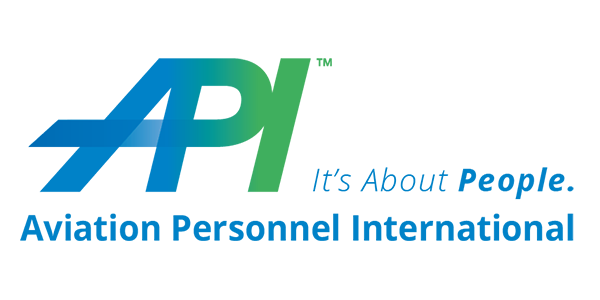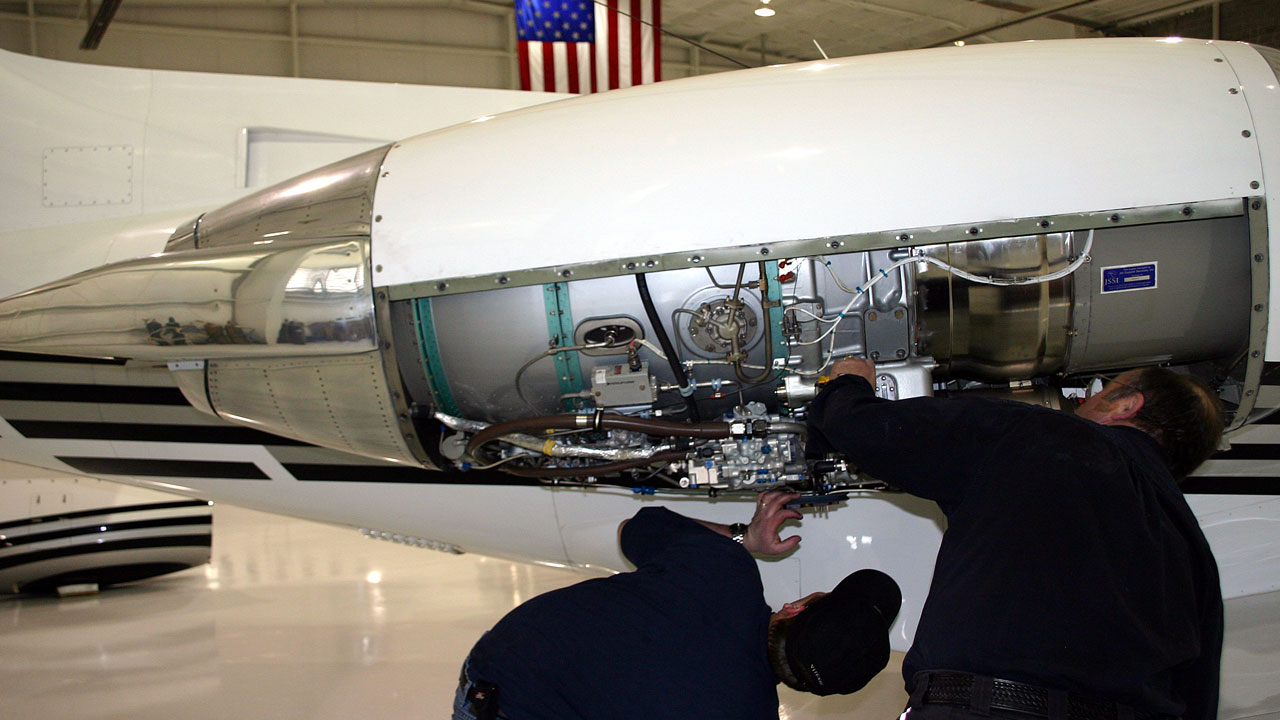This article about business aviation leaders having a seat at the table originally appeared in Aviation International News. View here.
Part 91 flight department leaders aren’t just aviation experts, they’re also business leaders. After all, they are running a business within a business. And a big part of managing an in-house aviation organization is being in alignment with where the company's going.
“It’s critical that you’re able to understand where the industry is, so you can answer that question the shareholders are inevitably going to ask,” said Sean Lee, global vice president for The Coca-Cola Company. “You don’t get that from an out-of-house solution. Being proactive versus reactive makes for a very strong business case.”
Sean is the newest member of the NBAA board, and he recently spoke to our members about the need for business aviation leaders to have a “seat at the table.” So I asked him about what he has gained from having a seat at the table at Coke.
The two biggest takeaways are alignment and flexibility.
Alignment
Sean told me, “I’m trying to always figure out: What is our value statement? What is the business case for having an internal flight department? Because when it comes down to justifying the cost, the dollar figure usually isn't enough. (At least for most companies).”
By being in the know, Sean said, he’s able to guide his aviation strategy and provide consistent value to the company. “It comes down to whether the department is aligned with the strategy of the company,” he noted. “It’s about understanding the overall direction and delivering value; being proactive and creating solutions. We need to ask ourselves, ‘Can we be responsive to the company’s needs? And, are we aligned with a long-term view of where the company is going?’”
Flexibility
An in-house aviation operation is infinitely more flexible than an out-of-house operation, Sean said. The biggest factor is that an aviation director or v-p will be in the room when decisions need to be made (such as during the height of the pandemic). “Your team will be there to understand what pivots need to occur.”
Following are examples Sean shared with me where aviation leaders are being proactive in managing their in-house organizations—and finding ways to drive value for the corporation:
SAF
John Hatfield at Cox Aviation is a successful director using SAF. Two years ago, his team was telling his executives, “You don't know this yet, but you want SAFs based on what the world is trending toward.” So, they were in effect solving a problem before it actually became a problem.
Likewise in regard to SAF, Sean noted: “If our primary executive is going to Davos, his plane is going to have SAF fuel on it, whether he instructed me to do so or not. That’s because, at Davos, he's going to get asked the question ‘Did you fly in on your private jet? What's the carbon emissions rating of that?’” The aviation department will make sure the leadership team can articulate the answer, thereby protecting the brand and saving them from potentially embarrassing situations. (I think most of us can liken this to the major PR snafu in 2008 when the automakers flew their private jets to meet with Congress).
Aircraft Financing
One of the primary questions that Sean tells his aviation colleagues to ask is, “What’s your CFO’s view on capital and assets?” He feels that these conversations should be initiated by the flight department instead of the finance department. “If the department manager can keep a perspective of how the enterprise views capital investments,” Sean said, “then the operation can stay within that view and further the company’s goals.”
Drones
Drones are wildly popular right now, whether it's for marketing, shooting commercials, pipeline patrol, managing Covid-19, overseeing maintenance, etc. But a lot of corporations are outsourcing the work to drone companies or third-party vendors.
“Drones are a huge opportunity right now for in-house flight departments to manage a program that’s often outside of the traditional aviation scope,” Sean said. “Aviation organizations can say, ‘Let's bring this under our policy. And then, why don't we take the first shot at drafting a global policy around this, and then send those requests into us and let us manage that program?’” By taking a leap into managing drones, operators get to showcase their leadership. “We get to bring up our enterprising people within aviation and teach them another part of the business,” Sean explained. “And once again, it keeps business aviation part of a lifelong, in-house solution.”
Hybrid Aviation Model
A lot of companies continue to leverage a hybrid model that supplements their corporate aircraft with charter and fractional services.
Sean suggested reviewing one’s own variable capacity each year. His example: “If I know my CEO has a hard 300 hours, my CFO has 100 hours, and the COO is plus or minus 100 hours, can we then get down to two planes and supplement out the rest? That means you’ll need a very good relationship with a charter or fractional provider. Then it gives your executives some flexibility when they want to do personal travel since you have contracts in place.”
He added: “Here at Coca-Cola, we’re sponsoring the World Cup this year, and have a World Cup trophy tour. Who’s managing that charter aircraft to do all of the 300 stops around the world with the trophy? We're not going to fly the planes ourselves. But our in-house aviation team will work with the marketing team to manage the charter company.”
The ‘In-house’ Solution
To Sean’s position on this issue, several leaders I’ve talked to have expressed concern that their Part 91 departments could get outsourced. Just like the “No Plane, No Gain” campaign, I think we need to have the “Aviation Directors Offer Aviation Solutions” campaign. It could promote the benefits of having an in-house department, led by a business leader who also knows aviation and the company.
All of this begs the question, as a corporation, why would you not have an in-house flight department? At API, during the pandemic, we worked with a business executive who inherited responsibility for his company’s flight department. He told me: “Sheryl, when I took over aviation, I thought maybe I would outsource it. But the pandemic has confirmed for me that I never want to NOT be in control of aviation. Our planes allowed us to keep our strategic growth on track.”
Sheryl Barden, CAM, is the president and CEO of Aviation Personnel International, the longest-running recruiting and HR consulting firm exclusively serving the needs of business aviation. A thought leader on all things related to business aviation professionals, Barden serves on NBAA’s board of directors and is chair of the NBAA advisory council.

